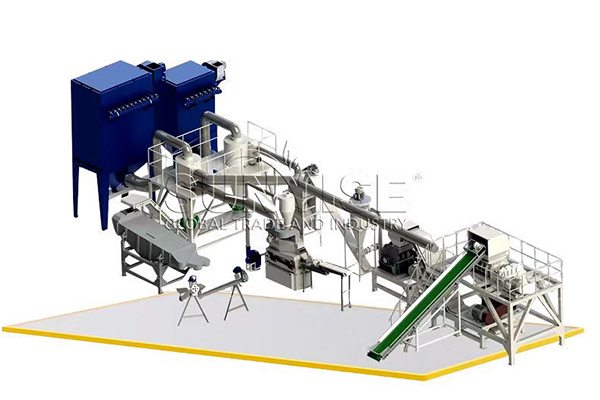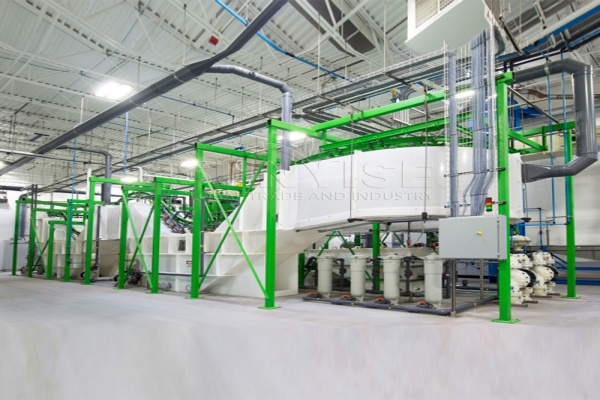Industrialization has led to the invention of many electrical and electronic devices that have made our lives relatively easy. This has led to an increase in the generation of electronic waste (e-afval). In 2019, the global generation of e-waste was about 53.6 million tons, and it is expected to reach 74 million tons by 2030. In 2019, Asia, America, and Europe generated 50 million tons of e-waste, while Africa and Oceania generated 2.9 million tons and 0.7 million tons, respektiewelik. So, what is considered e-waste? If you have interest, please continue reading.
Eerste, check this video. Then you can get a preliminary understanding of the current situation of e-waste……
Definition of e-waste

Elektroniese afval, commonly known as e-waste, has received increasing attention in recent years for its far-reaching social, environmental and economic impacts. With the rapid development of electronic devices and consumers constantly upgrading their electronic products, the amount of e-waste generated has surged.
E-waste announced by the European Commission includes discarded electronic and electrical equipment. This type of waste includes a variety of technological products that have exceeded their service life or are inefficient. Electronic devices contain harmful elements and, unlike ordinary garbage generated in cities, they pose a major threat to ecosystems and human health.
Many countries, especially developing countries, lack the infrastructure to properly handle and recycle e-waste, leading to environmental and health risks caused by improper e-waste disposal. Tans, many people use dangerous methods such as open burning, landfilling, open dumping, Informele ontmanteling en handmatige herwinning. Hierdie praktyke hou 'n beduidende risiko vir openbare gesondheid in. Om die hoë koste van behoorlike beskikking te vermy, Baie ontwikkelde lande kies om e-afval na ontwikkelende lande soos Indië en Afrika uit te voer. Hierdie lande sukkel tans met die probleem van onvoldoende infrastruktuur vir e-afvalbestuur.
Wat is die herwinbare e-verwoede?
Litiumbatterye
Omdat litiumbatterye baie herbruikbare materiale bevat:
Litium: Litium is 'n sleutelkomponent van litiumbatterye, en herwinde litium kan gebruik word om nuwe litiumbatterye te maak. Byvoorbeeld, in elektriese voertuie en draagbare elektroniese toestelle, Die herwinning en hergebruik van litium is noodsaaklik om grondstofkoste te verlaag en die aanbod van litiumbronne te verseker.
Kobalt: Many lithium batteries contain cobalt in the positive electrode materials, such as lithium cobalt oxide (LiCoO₂). Cobalt is a rare and expensive metal, and recycled cobalt can be reused in the battery manufacturing industry, reducing dependence on newly mined cobalt resources.
Nickel: Some lithium batteries (such as nickel-cobalt-manganese oxide (NCM) batteries) contain nickel. The recycling of nickel helps to recycle resources, and in the production of new batteries, recycled nickel can meet some of the raw material needs.
Copper and aluminum: Copper and aluminum are usually used in the casing and electrode connection parts of lithium batteries. These metals can be purified through recycling processes and then reused in electronic equipment manufacturing or other industrial uses.
Recycling methods:
Litiumbatterye Herwinningsproduksielyn Sluit stappe in soos demontage, verplettering en vertoning. Eerste, Demonteer die afval litiumbattery, Skei die dop, elektrode en ander dele, Verpletter dan die elektrodemateriaal, en aparte koper, aluminium en ander metale deur sifting en magnetiese skeiding.
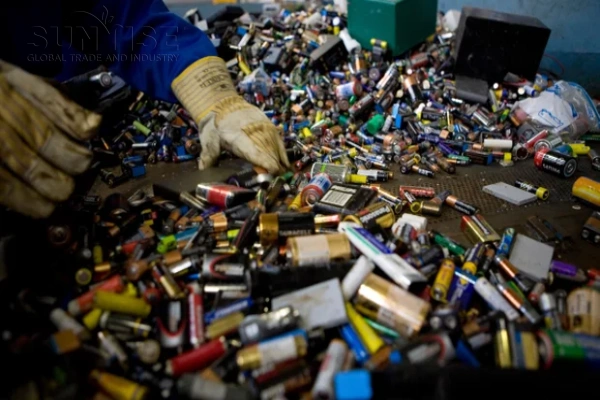

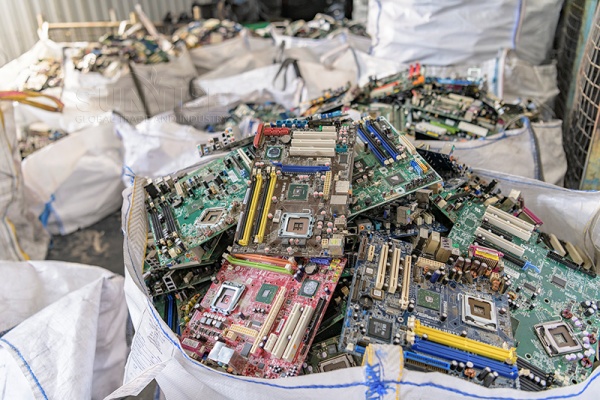
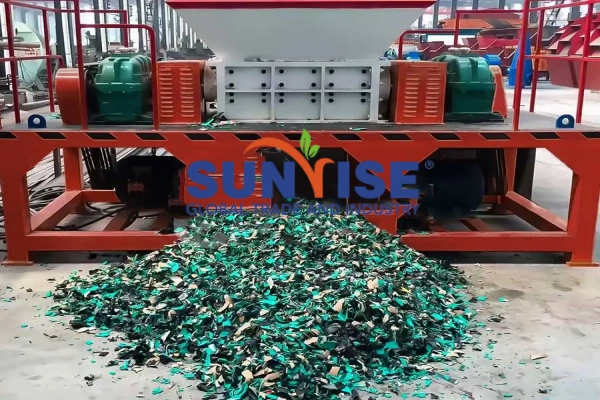
Kringbord
Herwinde materiale:
Kosbare metale: Kringborde bevat edelmetale soos goud, silwer, en platinum. Goud word hoofsaaklik vir penne gebruik, Kontakte en verbindingsgedeeltes van sommige elektroniese komponente met 'n hoë presisie op stroombane omdat dit goeie geleidingsvermoë en korrosie-weerstand het. Silwer word dikwels in stroombaanborde gebruik en sommige komponente soos kondensators. These precious metals have high recycling value and can be reused in industries such as electronic component manufacturing or jewelry.
Non-ferrous metals: Copper is the most important non-ferrous metal in circuit boards and is used to make circuits and connecting wires of various electronic components. Recycled copper can be used to make new wires, cables and electronic components. Ook, circuit boards also contain a small amount of tin, which is mainly used for welding electronic components. The recycled tin can be used again in the production of welding materials.
Rare metals: Such as tantalum, which is used in some high-performance capacitors on circuit boards. The recycling of tantalum helps meet part of the demand for rare metals in the electronics industry because tantalum resources are relatively scarce.
Circuit board recycling method:
Eerste, disassemble the circuit board to remove large components, and then break the circuit board into small particles. Then use physical sorting methods such as gravity sorting, magnetic separation and electrostatic sorting to separate different metals and non-metallic materials.
Solar panels
Recyclable materials:
Silicon: Silicon is the main material of photovoltaic panels, especially in crystalline silicon photovoltaic panels. Recycled silicon can be reused in photovoltaic panel manufacturing after purification and other processes, or used in other semiconductor-related industries.
Silver: The electrode part of photovoltaic panels usually contains silver, which is used to collect and conduct current. Herwinde silwer kan gebruik word om nuwe fotovoltaïese paneel -elektrodes of geleidende dele van ander elektroniese toestelle te maak.
Aluminium: Die raam van fotovoltaïese panele is gewoonlik van aluminium, en herwinde aluminium kan gebruik word om nuwe fotovoltaïese paneelrame of ander aluminiumprodukte te maak.
Glas: Die paneel fotovoltaïese panele is hoofsaaklik van glas gemaak. Herwinde glas kan gebruik word in nywerhede soos argitektoniese glas en motorglas na skoonmaak en verwerking.
Hoe om Herwin afval sonpaneel:
Eerste, Gebruik 'n raamverwyderaar om die fotovoltaïese paneel en afsonderlike komponente soos glas uitmekaar te haal, aluminiumraam en batteryselle. Nadat die glas verwyder is, Die fotovoltaïese paneel word met 'n breker verpletter. Die silikonwafers wat van die batteryselle geskei word, word eers gekneus en in kleiner deeltjies of poeiers gemaal, en dan met behulp van siftingstoerusting gekeur om silikon uit te filter, koper, En Eva Gom.
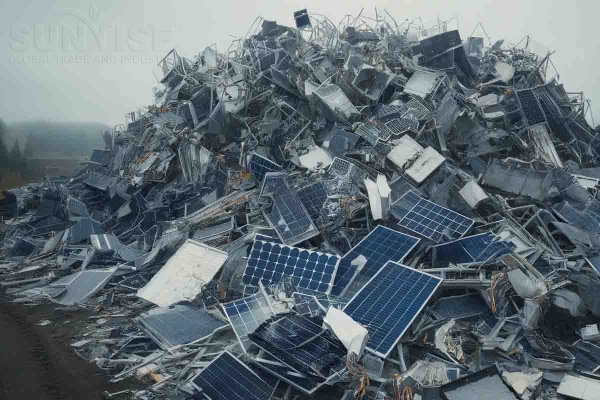

Beleide vir herwinning van elektroniese afval
Let’s take some countries as examples!
| Nasie | Gedragslyn | Uitslag | |
| 1. | Verenigde State | Staatsvlak E-afvalwette | Benadering tot die minimum beperkte inkonsekwente herwinning en onwettige storting |
| 2. | Duitse | Uitgebreide produsentverantwoordelikheid (EPR) | Hoë tariewe van herwinning, met verminderde onwettige storting |
| 3. | Swede | Produsentverantwoordelikheid met fooie | Effektiewe versameling en herwinningstelsel |
| 4. | Sjina | Nasionale e-afvalherwinningsprogram | Pogings om die herwinningsektor te formaliseer, en vermindering van omgewingsbesoedeling |
| 5. | Indië | E-afvalbestuurreëls 2016 | In die rigting van implementering en ontwikkeling van nakoming |
Opsomming
The mountains of discarded electronics are not only an eyesore, but also a potential concern for our health and our planet. Terselfdertyd, electronic waste recycling has great potential because it is able to extract valuable metals, which are present in higher concentrations in electronic waste than in their natural sources. Ook, the technology of different electronic waste recycling methods optimizes the efficiency and cost-effectiveness of these methods. These methods involve electronic products such as circuit boards, photovoltaic panels, litiumbatterye, etc.
There is still a lot of work need to do to develop sustainable and efficient electronic waste management solutions. As a professional e-waste recycling machine manufacturer, SUNRISE is also working hard to cope with the growing problem of e-waste management. SUNRISE’s e-waste recycling production lines are helping lots of clients to save resources and generate economic benefits. Terselfdertyd, we will adjust the proposal according to the situation of the customer’s country to ensure that every customer can get the most efficient electronic waste recycling production line.
So, Moet asseblief nie huiwer om dit te doen nie Kontak ons, we’ll give you advice from a professional perspective.
Kontak ons
